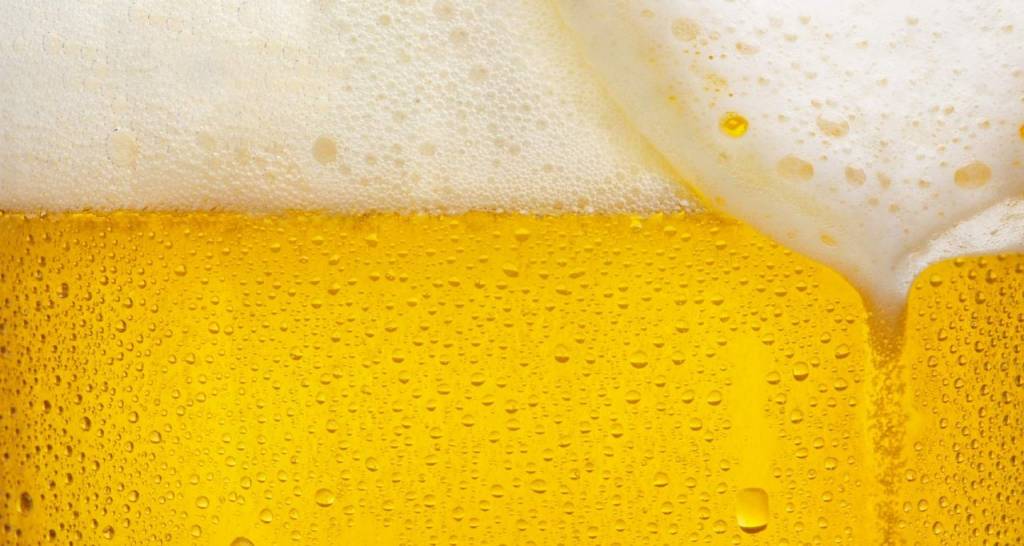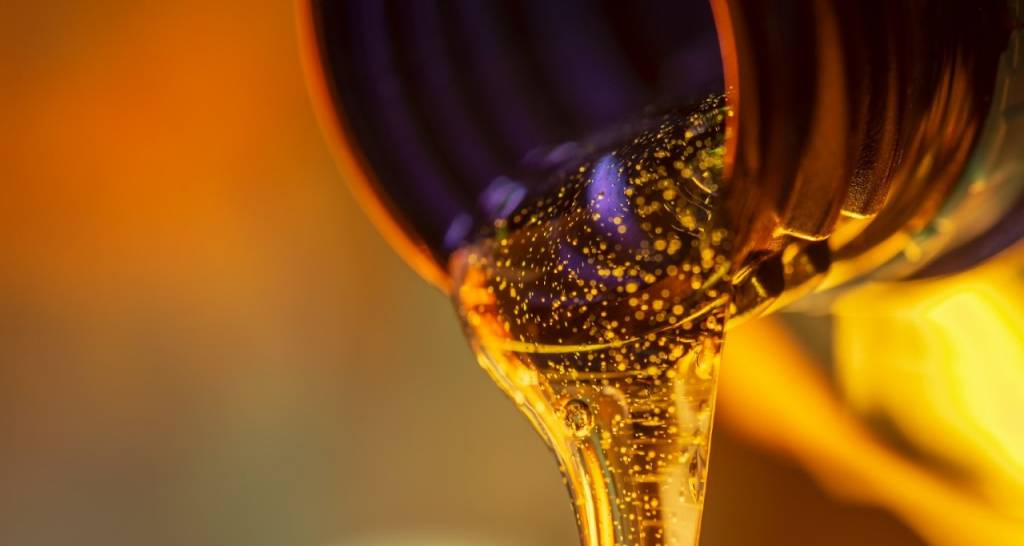In addition to solutions that focus on filtering and absorbing CO2, there are other more technical developments.
One outstanding one is carbon dioxide capture and storage technology (CCUS). Capturing this gas not only reduces its presence in the atmosphere, but it also brings about the option of storing it or using it as a raw material. For example, to manufacture synthetic fuels, as it will be done at our Petronor refinery in Bilbao, a pioneering project that we are developing.
“The rollout of CCUS projects can be an important contribution to decarbonizing the European industry in general without harming the competitiveness of our industry, which is subject to much more stringent environmental requirements than in other regions of the world,” explained Antonio López, Repsol Sr. Manager of Energy Transitions and Climate Change.
With technology, we are now able to give it a second life and transform carbon dioxide into something that is useful to society. These are only some of its applications:





